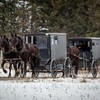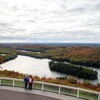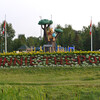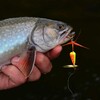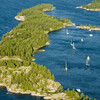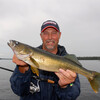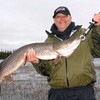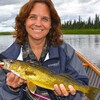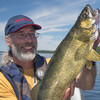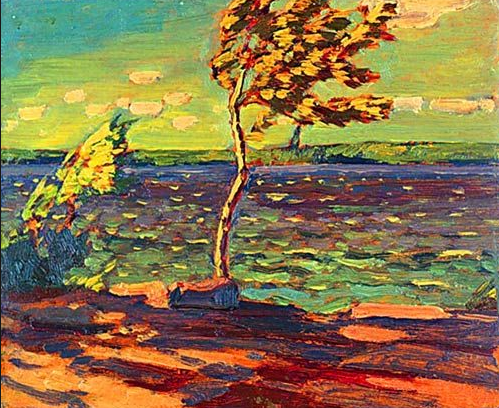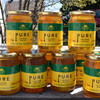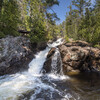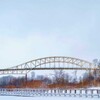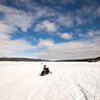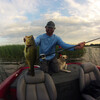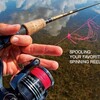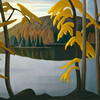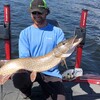
Setting Foot in Group Of Seven Country
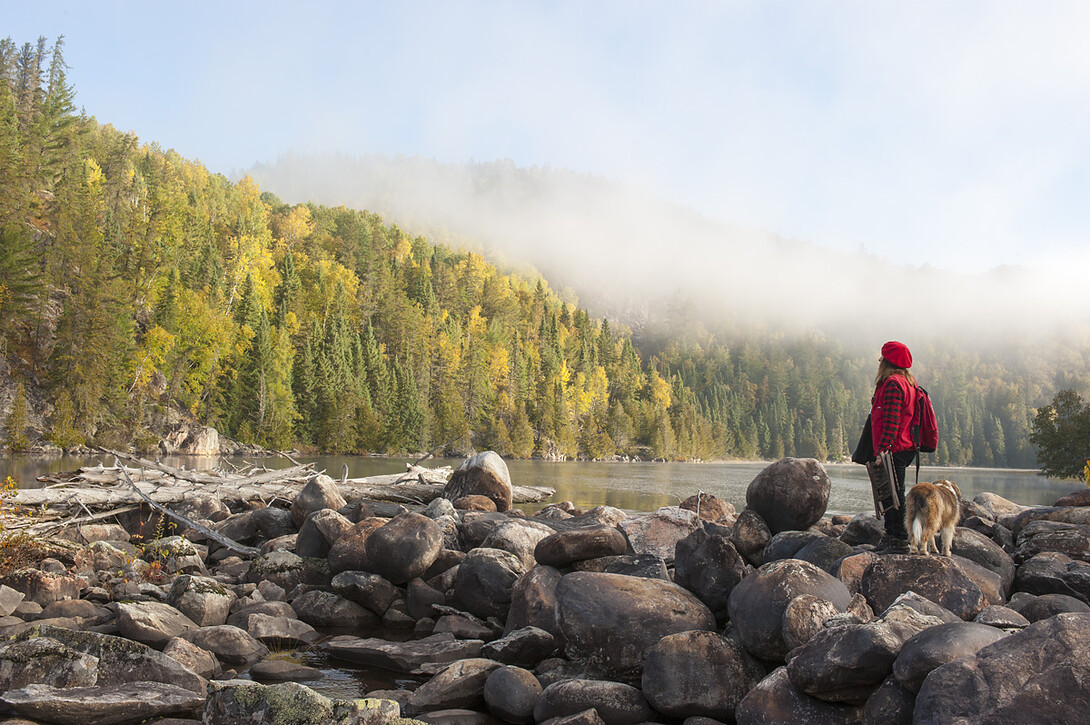
Algoma Country is Group of Seven Country. The two are inextricably linked through the definitive works created by Canada’s most celebrated group of artists. Some of their most important paintings were produced in Algoma Country following World War I. Not only would the paintings created during this period influence the perception of the Canadian wilderness, but they would also help to chart the course of Canadian art.
Today we see their paintings on gallery walls, in coffee table books, and reproduced on everything from postcards to placemats. Iconic works like J.E.H. McDonald’s Solemn Land and Lawren Harris’ Algoma Waterfall depict a raw and un-manicured landscape. These moments are captured on canvas for posterity, but what is really remarkable about Algoma Country is that many of the painting sites are still very much as they were when the Group of Seven travelled by train, canoe, and on foot. In Algoma Country, we have the rare opportunity to step into Group of Seven Country and see it as the artists did 100 years ago.
Stepping into Group Of Seven Country
Algoma Country is much more accessible today than it was when the Group of Seven painted. Although it's still remote, rugged, and beautiful, there are more highways, roads, and trails to inspirational landscapes than there were in the past. At the same time, many of the iconic Canadian scenes painted back in the 1920s are still very much intact, making a visit to Northern Ontario a unique way to enjoy these artists. Not only is it easier to access Group of Seven painting sites, but we may also discover special places they may never have seen.
Observe
One of the easiest ways to step into Group of Seven Country is to ride the Algoma Central Railway (ACR) to Agawa Canyon. Members of the Group of Seven first travelled the ACR in 1918, using a converted boxcar as a mobile studio and residence. For the next three years, they would return to paint the landscape in its seasonal disguises, creating some of their most celebrated works.
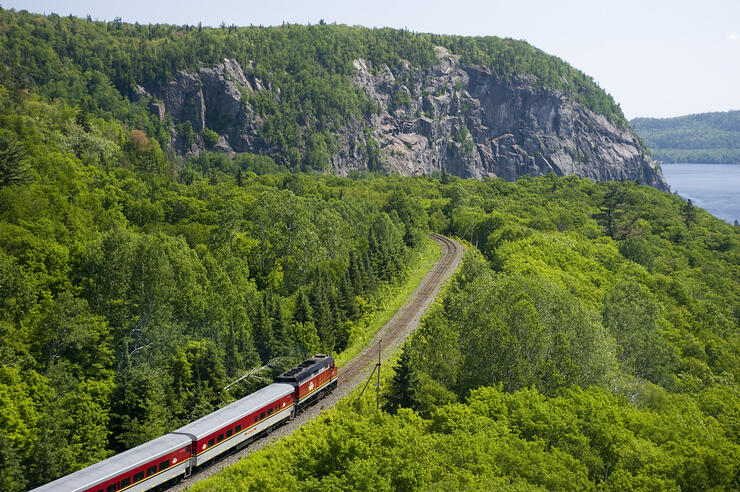
Ride the ACR tour train 114 miles from Sault Ste. Marie to Agawa Canyon and pass obvious painting sites, like J.E.H. McDonald’s Solemn Land near the Montréal River trestle.

Descend into the canyon of the Agawa River where rapids, falls and ribbons of dark water furnish the canyon floor.
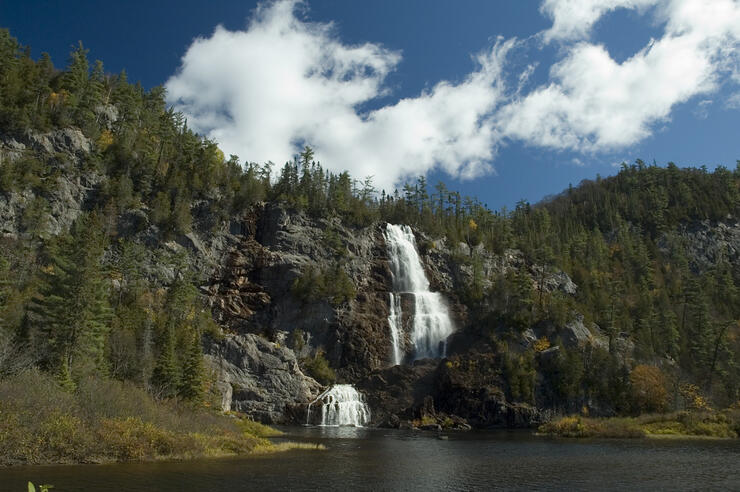
Experience Agawa Canyon where water spills over the cusp of surrounding rock walls to create a spectacular series of waterfalls crashing into the waters of the Agawa River. Bridal Veil Falls is easily recognized as the cataract painted by Lawren Harris in Waterfall, Algoma, 1918.
Photograph
Wielding our camera gives us the option to create more than memories. Photography is a creative way to step into Group of Seven Country, whether up the ACR, along the Trans Canada Highway, or skirting the coast of Lake Superior.
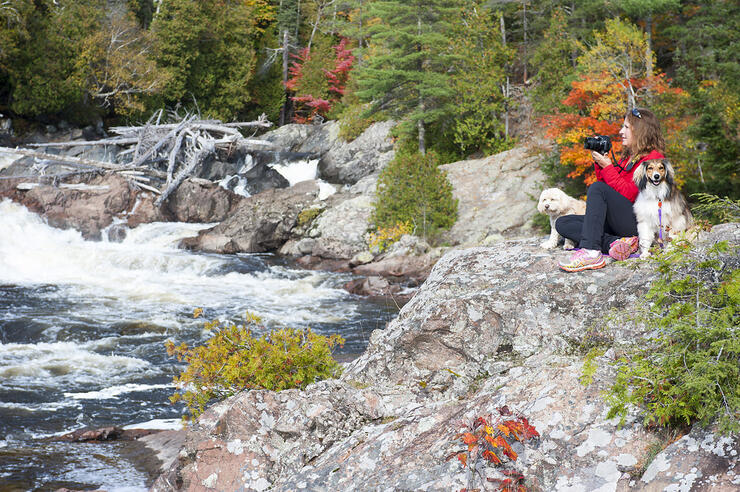
Discover rollicking tributaries that spill over the Canadian Shield before joining Lake Superior.
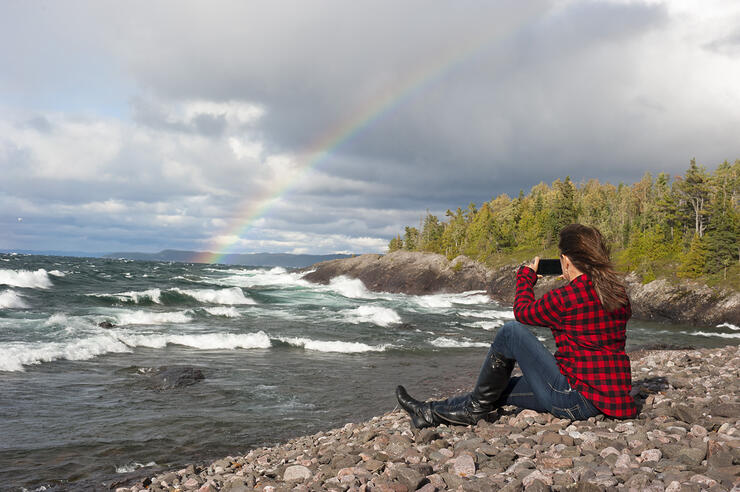
Explore the coast of the Big Lake and capture the ever-changing conditions that yield dramatically different results with every visit.
In all of its wild beauty, Algoma Country is generous and accommodating. The land that inspired so many of the brush strokes of the Group of Seven, waits for those driven to create on paper or canvas.

Lake Superior is a patient model offering a neverending cast of characteristics to be captured by watercolour, oil or acrylic.
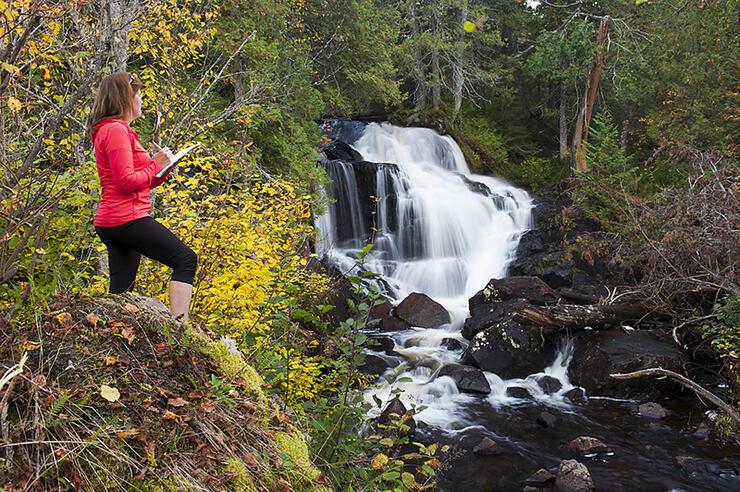
Similarly, there is no lack of inspiration for explorers with a sketchpad and a GPS, following the contour lines through the woods to the falls of an unnamed creek.
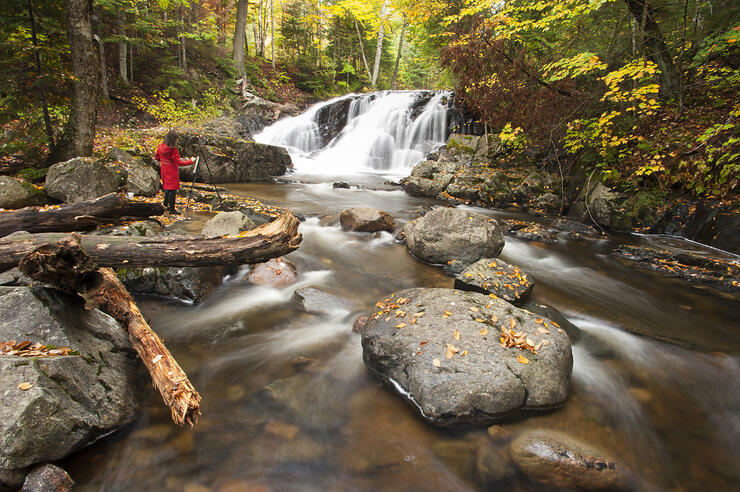
Whether novice doodler or up-and-coming artist like Sault Ste. Marie’s Katy Gill, the wilderness speaks to those who listen.
Katy Gill
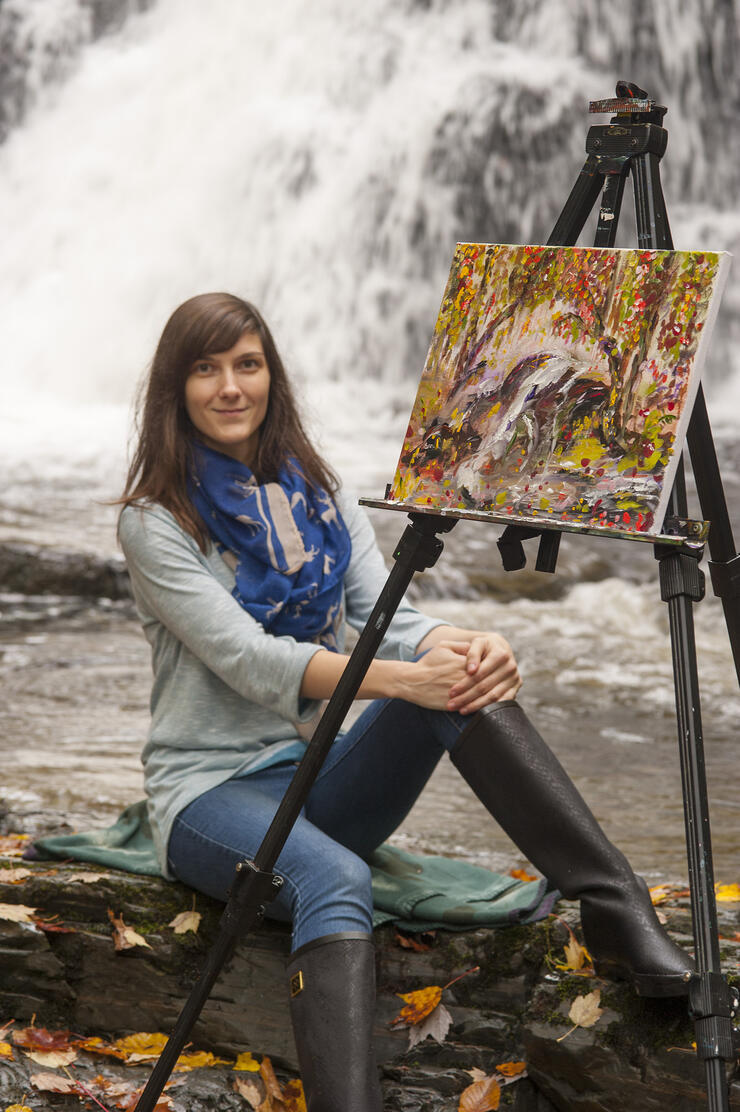
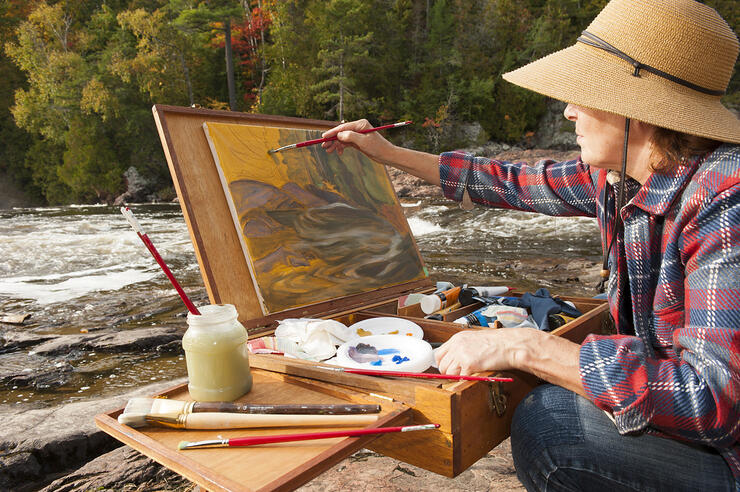
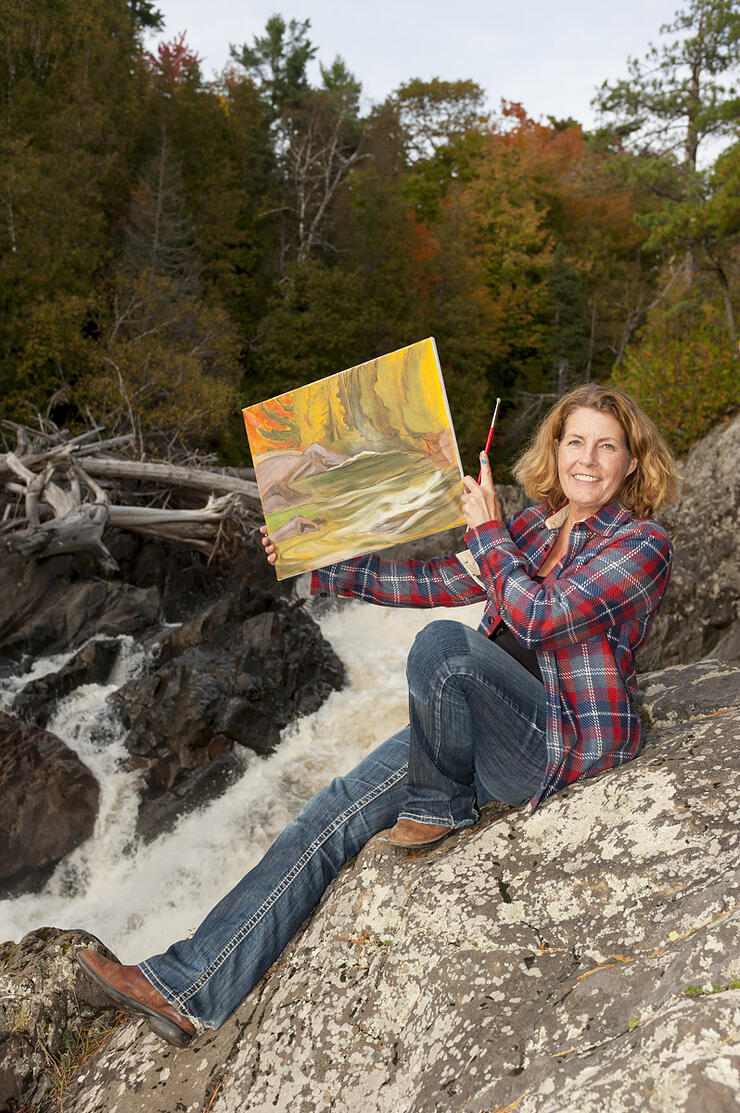
Taimi divides her time between creating and teaching art.
When we set foot in Group of Seven Country, we can walk in the footsteps of the artists themselves or forge a trail of our own. Within the fertile landscape of Algoma Country, there’s no limit to raw materials for the painter, the photographer or simply the observer.


